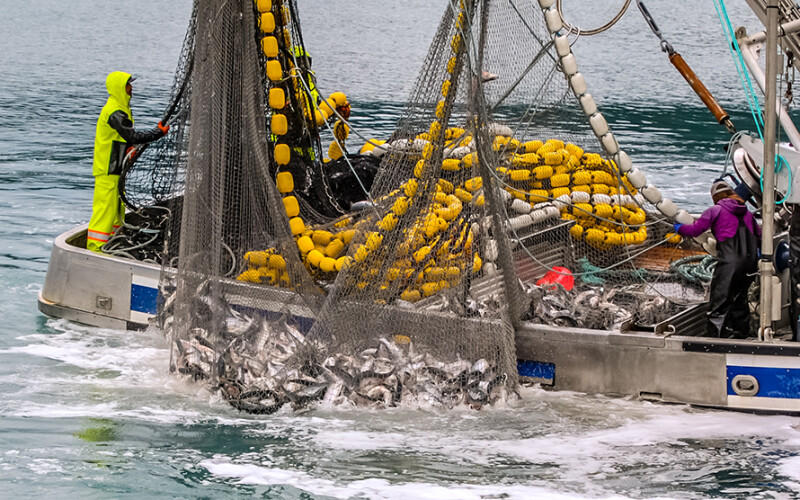In 2015, the United States Coast Guard realized it had mistakenly not enforced load line requirements for some part-time fish tenders in Alaska and the Pacific Northwest. In 2018, there was a proposal by the Coast Guard to create an alternative program to exempt some tenders if they met other safety measures. The task force that proposed this alternative requirement was implemented with an appropriate level of oversight in August 2019.
The task force was put on hold in May 2022 due to not thoroughly assessing the safety risks posed to vessels participating in the program and not clearly identifying the program’s legal basis. The U.S. Government Accountability Office (GAO) put in place a study and recommended that the Coast Guard assess if the program poses safety risks before fully implementing it. GAO found that certain fish tender vessels are subject to load line and stability requirements under U.S. law to ensure safety in different waters.
GAO put this study in place because commercial fishing plays a substantial role in the economy and is one of the most hazardous occupations in the United States. The James M. Inhofe National Defense Authorization Act for fiscal year 2023 includes a provision for GAO to review issues related to the load line requirements for fish tender vessels.
This report will address:
- The load line and stability requirements for fish tenders.
- The extent to which the Coast Guard collects data on the activities of commercial fishing industry vessels in AK and the Pacific Northwest as they pertain to tendering what the data shows.
- Fish tender vessel noncompliance with load line requirements.
GAO states that the tenders' job is to transport fish from a catcher vessel to a processing facility; a load line can be crucial and will ensure the vessel's seaworthiness and maintain certain structural features such as watertight closures. The Coast Guard’s data system can catch activities of commercial fishing industry vessels but does not capture data on vessels engaging in multiple service types, such as both catching and tendering fish, GAO shares.
As a result of what this data system captures, they cannot generate a solid list of fish tenders to identify which are subject to the load line requirements and the extent of the accidents these vessels have endured. GAO suggests that updating these systems to capture multiple service types will put the Coast Guard in a better position to oversee tender vessels.
Find more information on the GAO enhanced safety oversight needed for fish tender vessels here.







